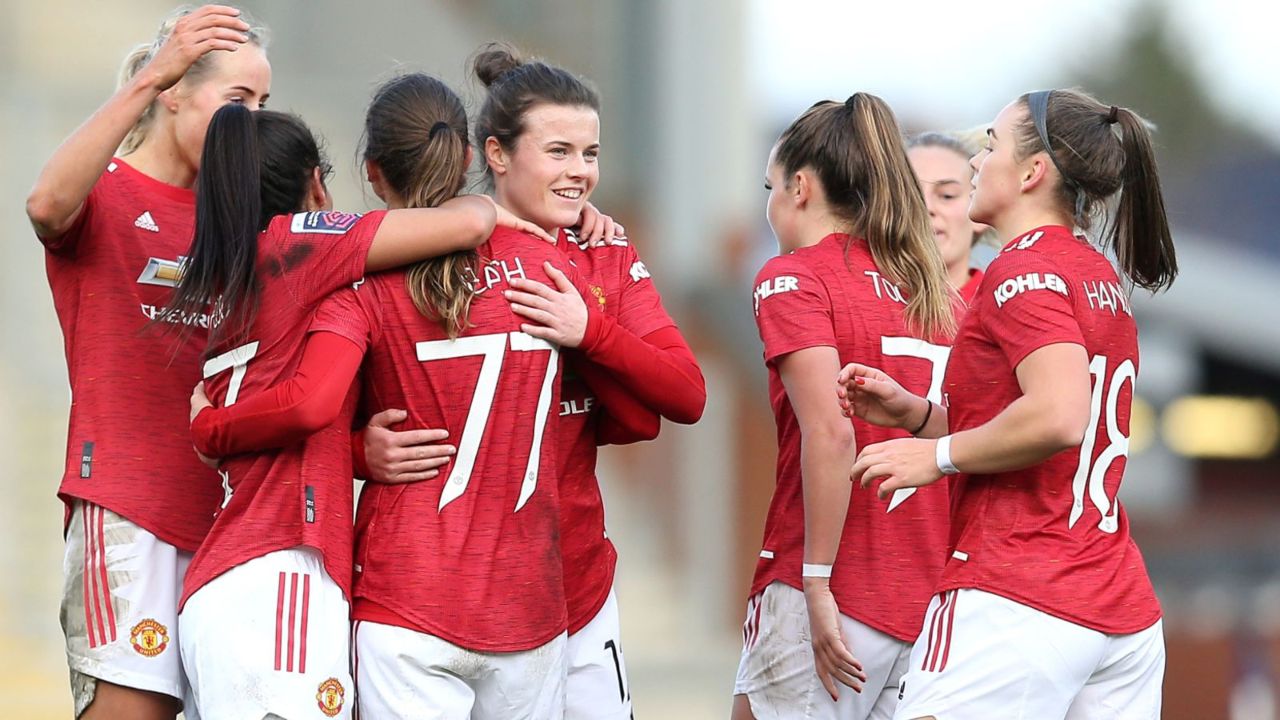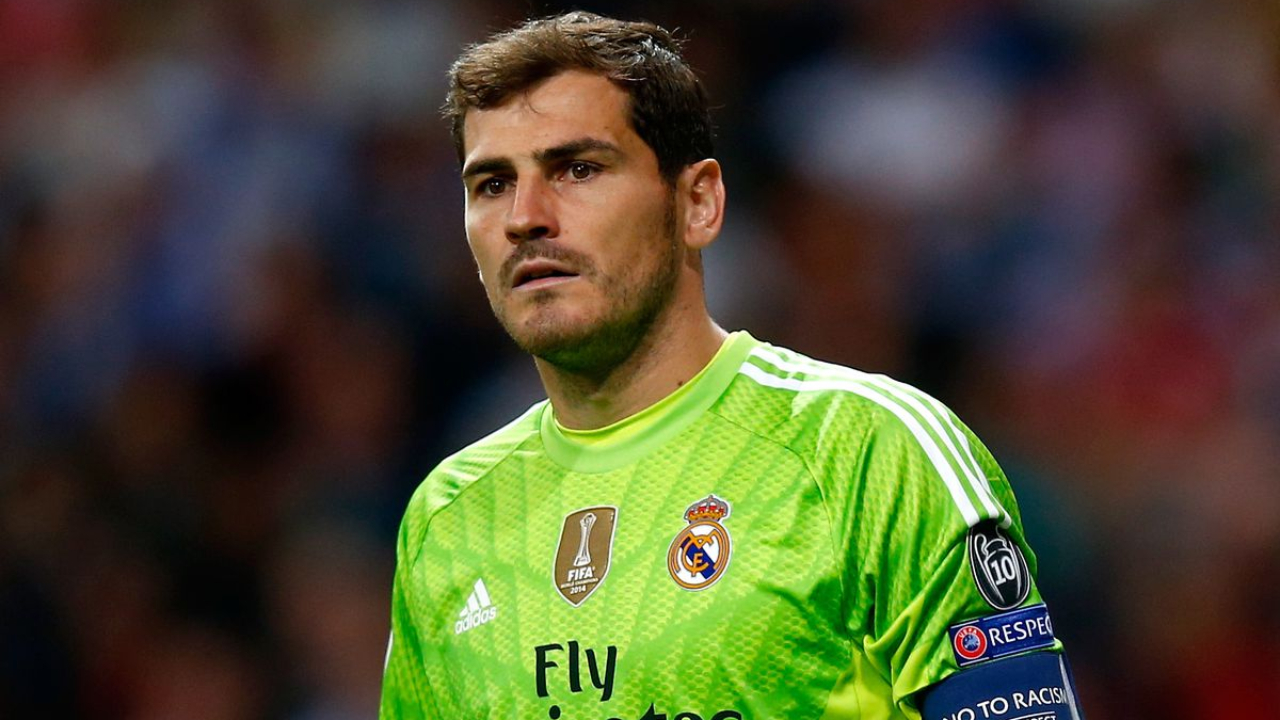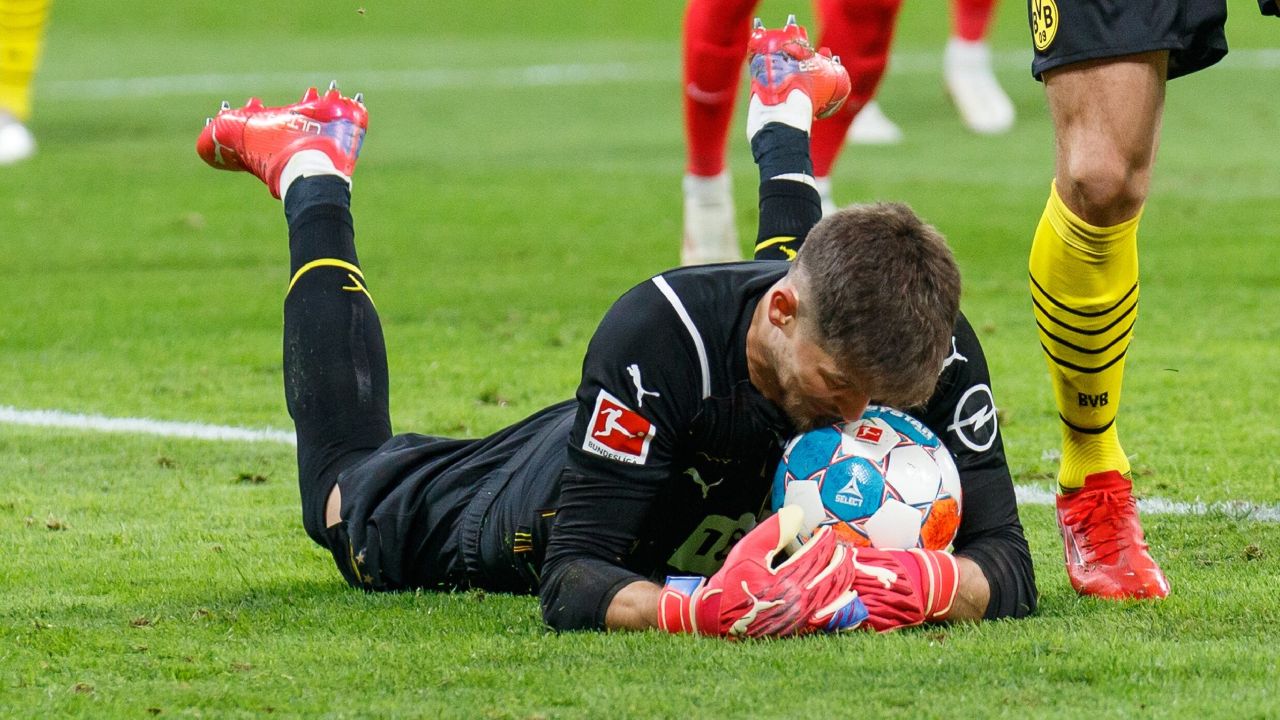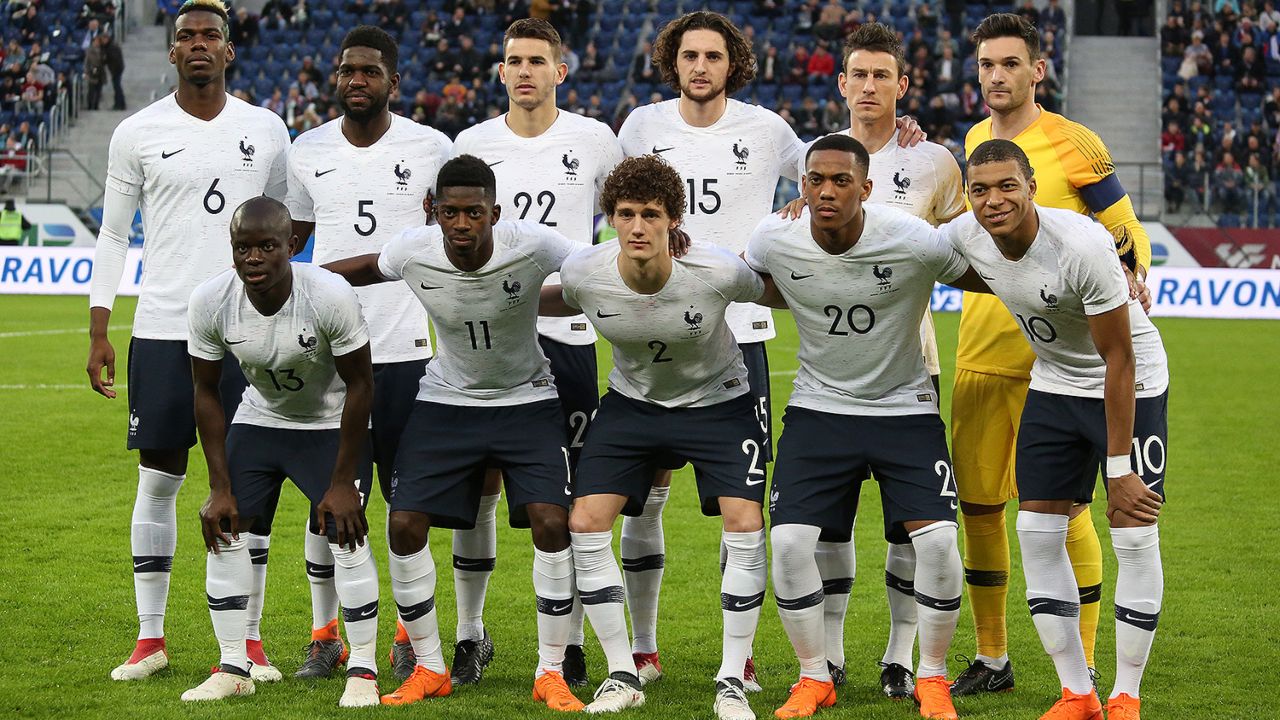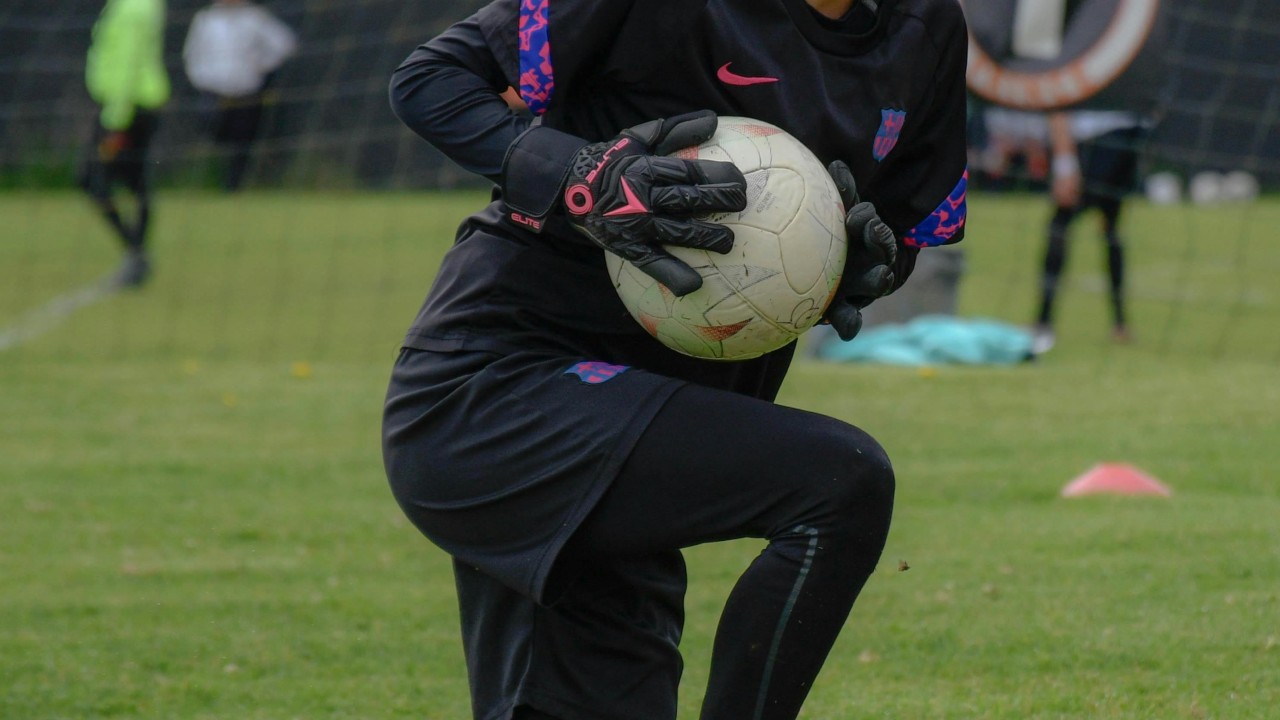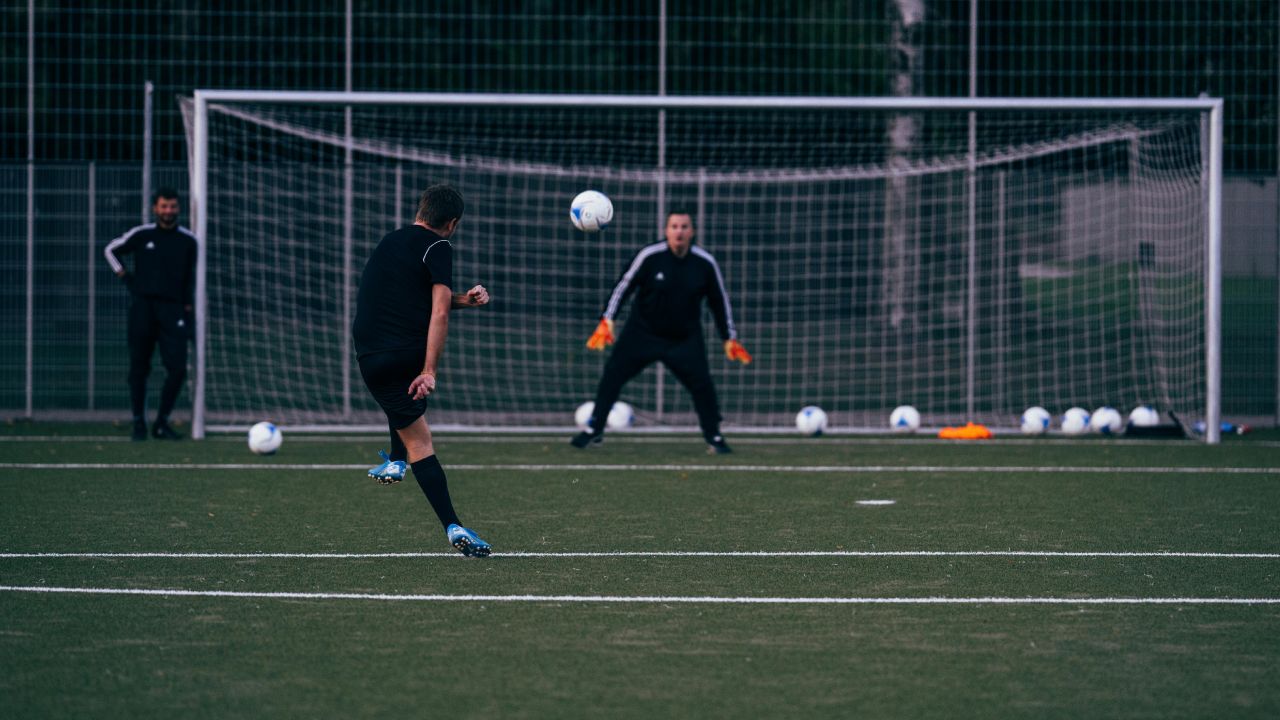Women’s football has emerged from its humble origins to become a global phenomenon, challenging norms and rewriting history along the way. This transformation owes much to the relentless pursuit of equality and recognition in a domain traditionally dominated by men. Brands like Soccer Max Pro have played a pivotal role in this evolution by promoting women’s football and offering high-quality soccer gear tailored for female athletes.

The Early Beginnings
The journey of women football traces back to informal matches played as far back as the late 19th century. However, it wasn’t until the early 20th century that organized women’s teams began to take shape, marking the beginning of a new era. Despite their passion and talent, these pioneers faced numerous obstacles, including bans on using grounds owned by men’s football associations.
Breaking Barriers
The turning point for women’s football came in the 1970s with the lifting of these discriminatory bans. Finally granted access to proper facilities and organizational support, women’s football entered a phase of rapid growth. Leagues were established, and the number of licensed female players soared, heralding a new chapter in the sport’s history.
Global Recognition
The internationalization of women’s football gained momentum with the inception of global competitions. The FIFA Women’s World Cup, launched in 1991, provided a platform for female footballers worldwide to showcase their skills and passion for the game on a grand stage.
Iconic Figures
Throughout its evolution, women football has been graced by legendary figures who not only excelled on the field but also championed gender equality off it. Players like Marta Vieira da Silva, Megan Rapinoe, and Homare Sawa have become symbols of inspiration and empowerment, inspiring generations of aspiring athletes.
Challenges Persisting
Despite significant progress, women football continues to face challenges, including the persistent gender pay gap and inadequate media coverage and sponsorship. However, events like the FIFA Women’s World Cup have sparked a shift in attitudes, garnering increased support from fans and institutions alike.
Institutional and Commercial Support
In recent years, women’s football has witnessed unprecedented support from both institutional bodies and commercial brands. Organizations like FIFA and UEFA have ramped up their investments in women’s football, recognizing its potential for growth and its role in promoting gender equality in sport. Major brands such as Nike, Adidas, and Puma have also jumped on board, launching advertising campaigns focused on female athletes and contributing to the sport’s rising visibility and popularity.
A Bright Future
Despite the challenges, the future of women’s football appears promising. Fueled by a new generation of talent and growing support across all levels of the game, women’s football is poised to continue its upward trajectory. Beyond the field, it serves as a beacon of hope and inspiration for young girls worldwide, encouraging them to pursue their dreams fearlessly.
Conclusion
Womens football transcends the boundaries of sport; it is a movement for equality, a testament to resilience, and a source of inspiration for millions. As it continues to break barriers and redefine norms, womens football is rewriting history, one goal at a time.
FAQs
Why is women’s football important?
Womens football is important because it challenges gender stereotypes, promotes equality, and provides opportunities for female athletes to showcase their talent on a global stage.
How can I support womens football?
You can support women’s football by attending matches, following leagues and tournaments, purchasing merchandise, and advocating for equal opportunities and recognition for female players.
What are some key challenges facing womens football today?
Some key challenges facing women’s football include the gender pay gap, lack of media coverage, sponsorship disparities, and unequal access to resources and facilities compared to men’s football.
Is women’s football as popular as men’s football?
While women football may not yet have the same level of commercialization and viewership as men’s football, its popularity is steadily growing, fueled by increased investment, media coverage, and fan support.
How can brands contribute to the growth of women’s football?
Brands can contribute to the growth of womens football by sponsoring teams and players, launching marketing campaigns that highlight female athletes, and investing in grassroots programs and development initiatives.

